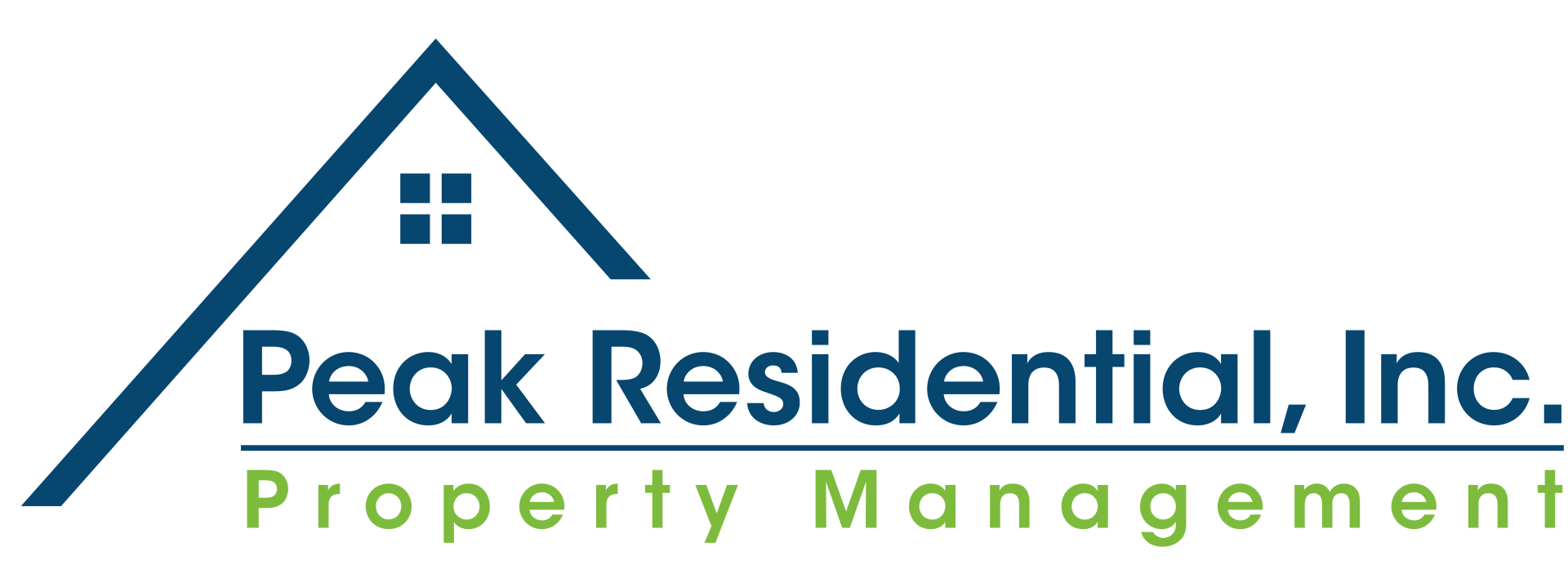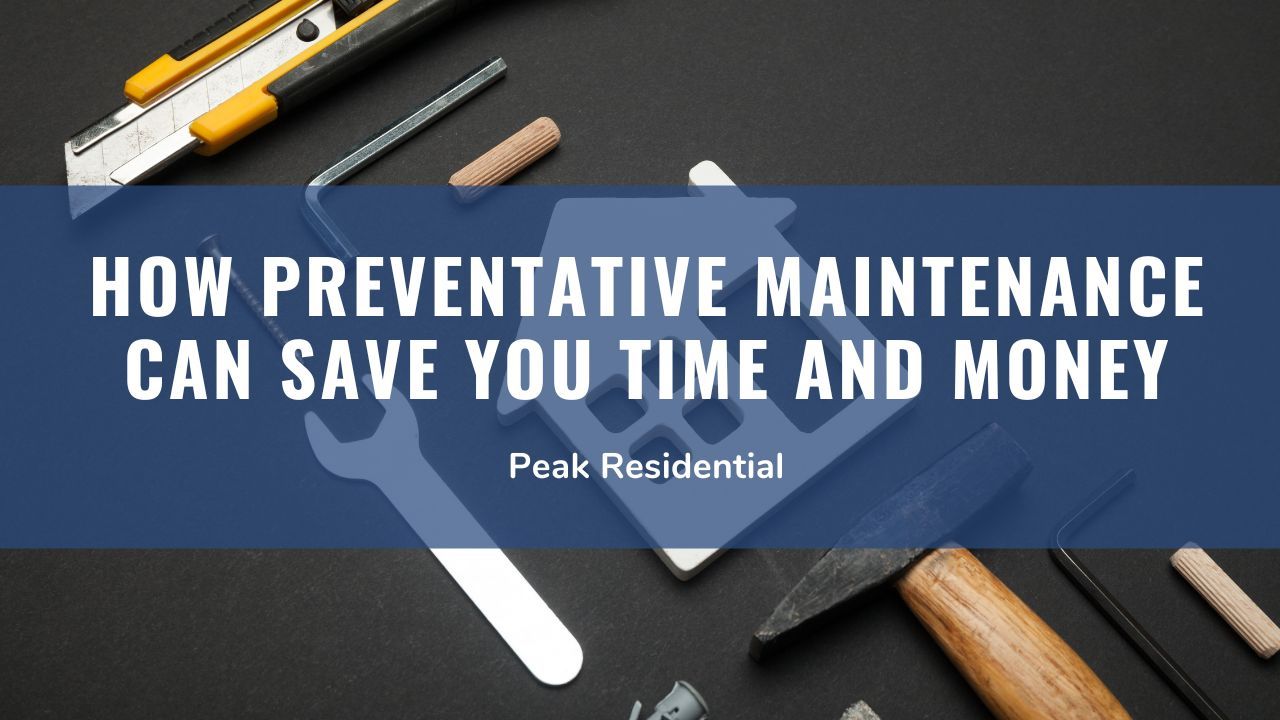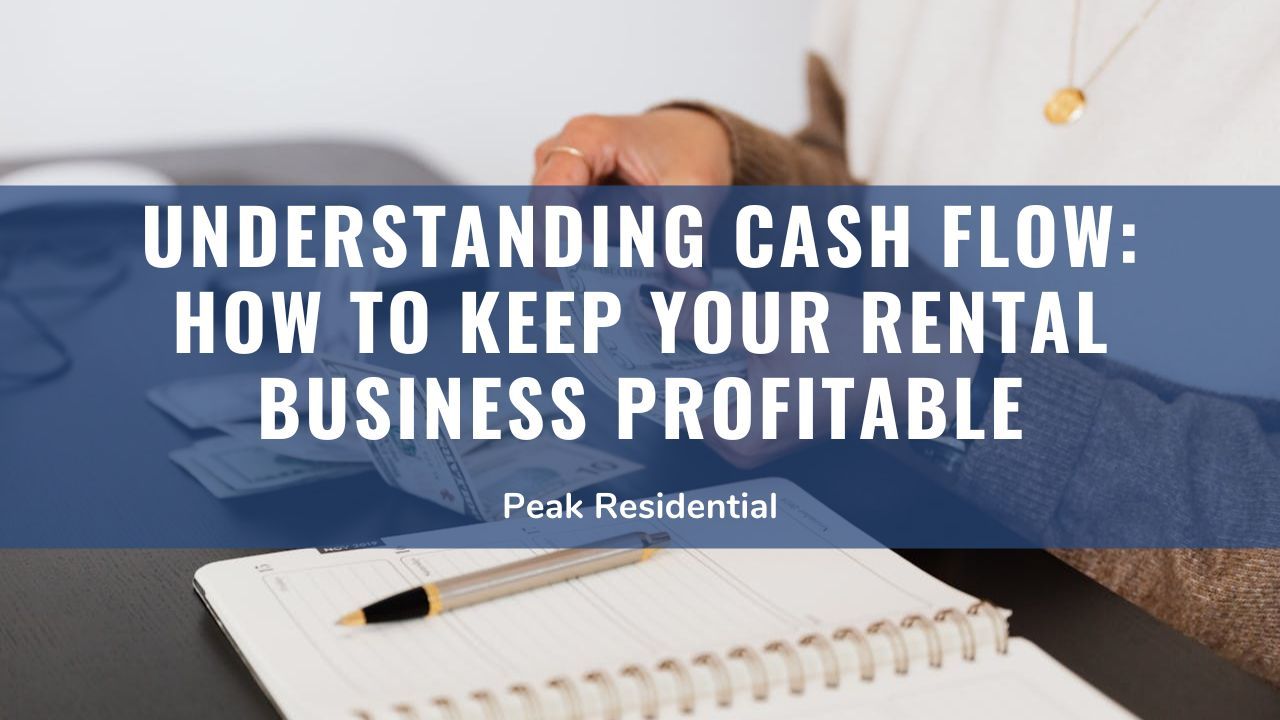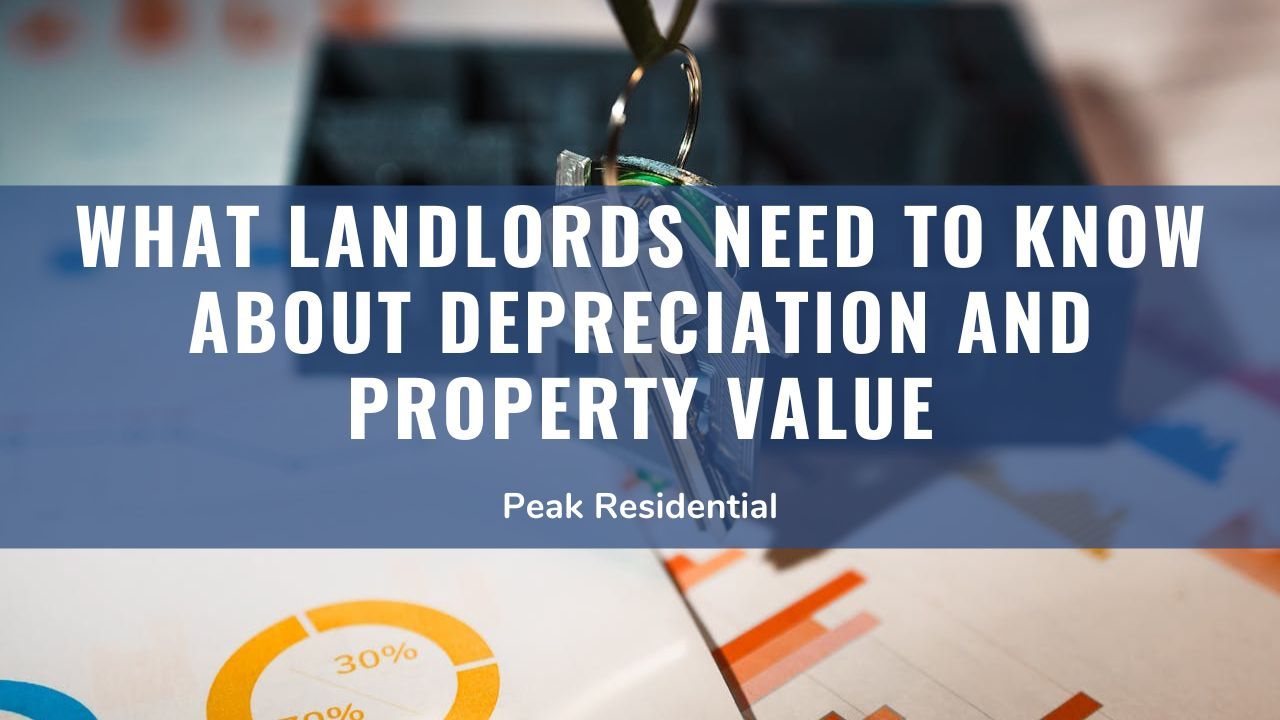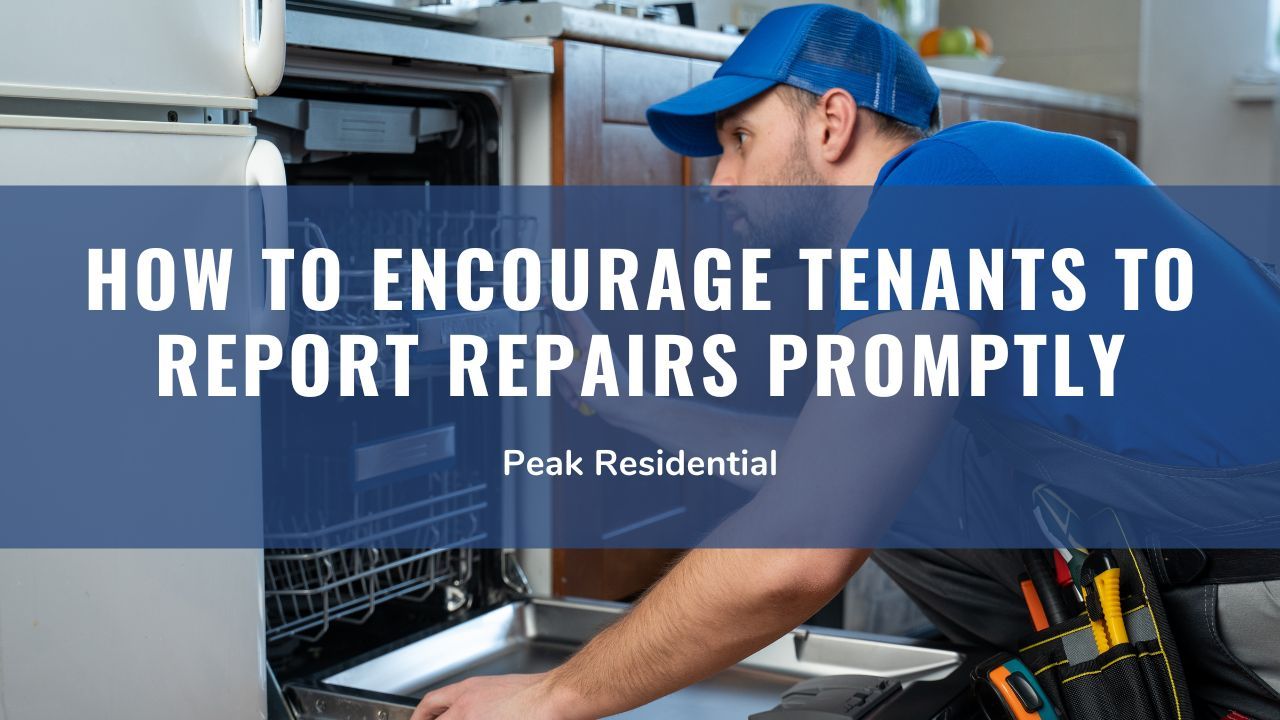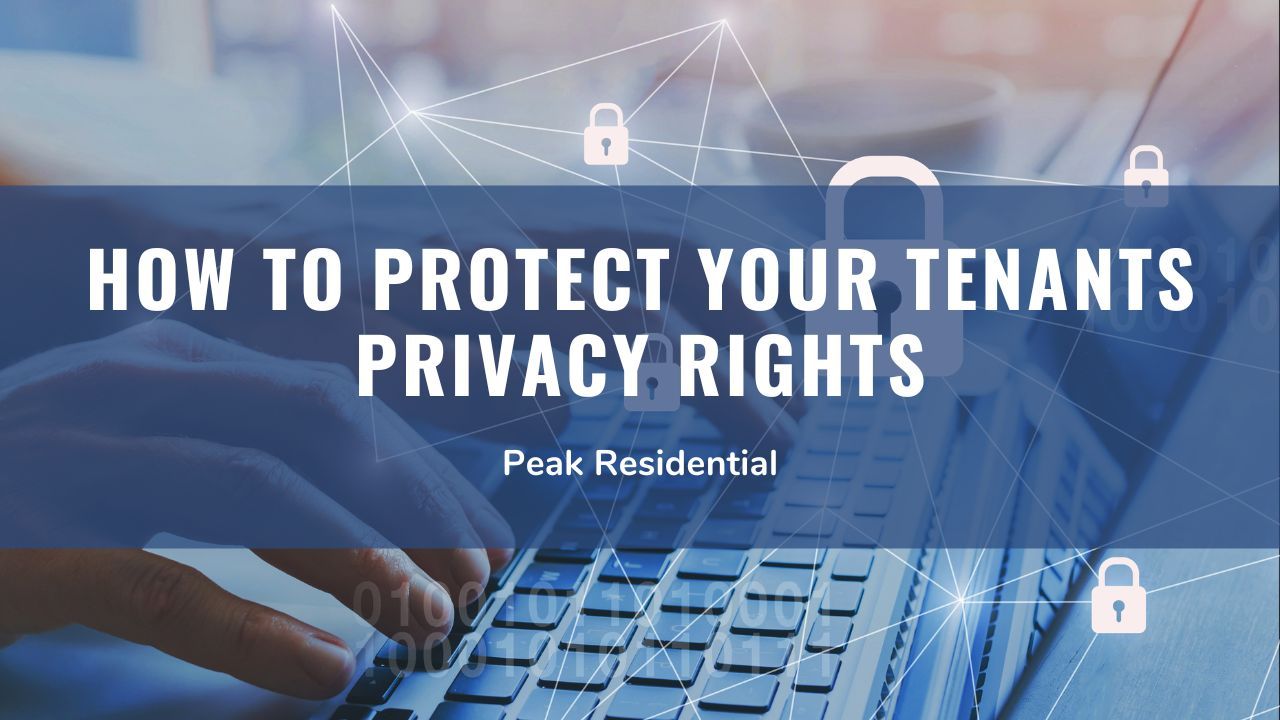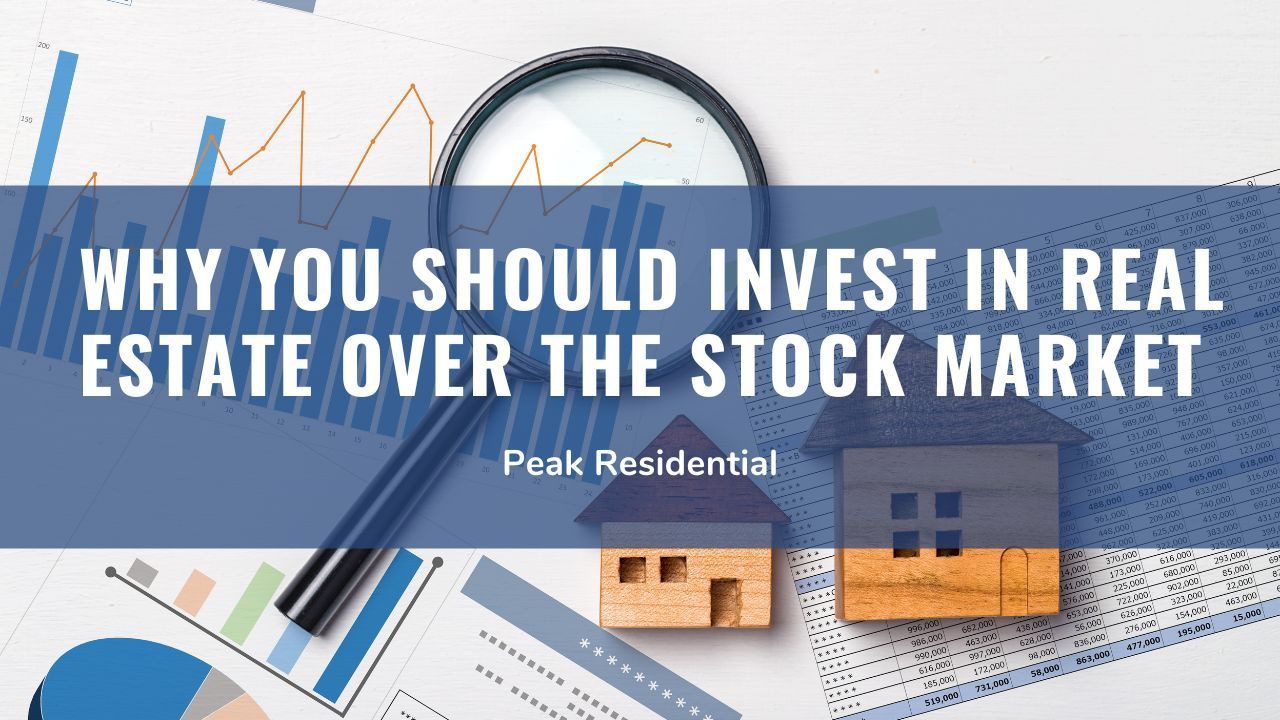Key Takeaways
- Competitive Pricing: Set rental rates based on current market data to ensure your property is neither overpriced nor underpriced, adjusting during peak and off-peak seasons.
- First Impressions Matter: Maintain the unit’s appearance, both in-person and online, with clean spaces, fresh paint, and high-quality photos to attract prospective tenants.
- Effective Advertising: Advertise on multiple platforms, including rental sites and social media, and respond promptly to inquiries to reduce vacancy time.
- Resident Retention: Keep good tenants by providing excellent communication, addressing maintenance issues quickly, and offering incentives like rent discounts or small gifts.
One of the most frustrating and costly challenges for rental property owners is dealing with high vacancy rates. Every day your rental sits empty is a day of lost income, and if not addressed properly, vacancies can seriously affect your cash flow, long-term ROI, and the overall success of your rental business.
Fortunately, minimizing vacancy rates is possible with the right strategies in place. It starts with understanding why vacancies happen and what you can do to prevent them.
In this guide, from
Peak Residential, Inc. Property Management, we'll walk you through the best strategies to help minimize vacancy rates and keep your properties occupied.
Understand Why Vacancies Happen
Vacancies occur for many reasons. Sometimes, they’re unavoidable, like when a resident relocates for work or purchases a home. Other times, they stem from issues within your control. High rent, lack of maintenance, poor tenant communication, or a negative rental experience can drive residents away.
The first step in minimizing vacancy is assessing the root causes of turnover in your properties. Look at your past leases, ask for feedback from former residents, and evaluate how your rental compares to similar units in your area.
Once you identify the pain points, you can implement improvements that make your unit more appealing and increase resident satisfaction.
Tenancy
Set a Competitive Rental Price
Setting the right rent is critical. If your price is too high compared to similar units in the area, your property may sit on the market longer than necessary. If it’s too low, you’ll lose out on potential income.

Use current market data to price your rental competitively. Look at listings for properties with similar square footage, location, amenities, and condition. Keep in mind that pricing strategies may differ by season.
During peak rental times, like spring and early summer, you may have more room to raise prices slightly. In slower seasons, a modest rent decrease can help fill a vacancy more quickly.
When in doubt, consult a professional property manager who knows your market well. They can provide pricing insights to ensure you’re maximizing income without sacrificing tenancy rates.
Make a Great First Impression
Residents want to live in a clean, attractive, and well-maintained space. The appearance of your rental—both online and in person—can make or break a potential lease.
Start with curb appeal. Keep the landscaping tidy, paint fresh, and entryways inviting. Inside, ensure the unit is spotless and any needed repairs are completed before showings. Updating older finishes like lighting, faucets, or cabinet handles can also give the space a modern touch without requiring a full renovation.
Photographs are another vital component. Quality, well-lit images help your listing stand out and attract more interest. Consider hiring a professional photographer, especially if your property has unique features or is in a competitive market.
Advertise Strategically and Consistently
Effective advertising plays a key role in reducing vacancy periods. A well-written, visually appealing listing should highlight the best features of your property, such as spacious layouts, updated appliances, proximity to public transport or schools, and included amenities.
Post your rental on multiple platforms to increase visibility. Popular rental sites like Zillow, Apartments.com, and
Rent.com are a good start. Don’t forget about social media and local community pages, which can reach people actively looking for homes in your area.
Respond promptly to inquiries and schedule showings quickly. The faster you move through the leasing process, the less time your unit will sit vacant.
Retain Good Residents
Retaining current residents is far more cost-effective than finding new ones. Focus on providing a high-quality living experience to keep residents happy and encourage lease renewals.

Start with clear and respectful communication. Address maintenance requests promptly, follow through on commitments, and treat residents with professionalism. Regular check-ins and surveys can help you identify and fix small issues before they escalate.
Offering small incentives can also go a long way in encouraging renewals. These could include a minor rent discount, a free carpet cleaning, or a simple thank-you gift around the holidays.
Streamline The Move-Out Process
When a resident decides to leave, streamline the turnover process to minimize the time your property remains empty. Start marketing the unit as soon as you receive a move-out notice, even if the current resident is still occupying the space.
Schedule necessary repairs and cleaning immediately after move-out and aim to have the property rent-ready within a few days. Having a reliable team of cleaners, handymen, and contractors on call will help speed things up.
Also, consider conducting pre-move-out inspections. This gives outgoing residents a chance to fix minor issues, which can reduce repair time and increase the chances of receiving new residents quickly.
Shorten Downtime with Pre-Leasing
Pre-leasing is an excellent way to reduce vacancy time. It means advertising and signing a lease for a new resident before the current one moves out.
While this strategy requires good coordination and a bit of risk, it can significantly reduce lost rental days. It works best when your current residents are cooperative and your turnover team is efficient.
Keep communication open and maintain transparency to avoid misunderstandings during this transition period.
Foster a Good Relationship with Residents
Sometimes it’s not just about the property—it’s about the relationship. Residents are more likely to stay in a home where they feel respected and cared for. A friendly attitude, willingness to listen, and effort to resolve issues quickly can help build loyalty.

Make sure to check in occasionally without being intrusive. Sending a seasonal newsletter, friendly email, or quick reminder about upcoming maintenance, and regular inspections, helps residents feel informed and included.
If residents feel like they’re part of a well-managed community rather than just paying rent, they’re less likely to leave when their lease ends.
Partner With a Professional Property Manager
One of the most effective ways to reduce vacancy rates—especially for landlords who own multiple properties or live far from their rentals—is to hire a professional property management company.
Property managers are experts in minimizing vacancies. They have access to market data, know how to set competitive rent prices, and have established marketing channels to advertise your property widely and quickly, while
avoiding potential mistakes.
They also have systems in place to screen residents thoroughly, ensuring you attract reliable individuals who are more likely to stay long-term. Working with a property management company not only saves you time and stress but can also increase your returns by reducing the days your property sits vacant.
Bottom Line
Keeping vacancy rates low is essential for maintaining a profitable rental property. By following these tips, you can reduce turnover and keep your units occupied longer.
If managing all these tasks feels overwhelming, consider bringing in a professional property manager who can handle the day-to-day responsibilities and help you keep your rental income steady.
Partner with
Peak Residential to ensure you’re getting the best out of your rental business!
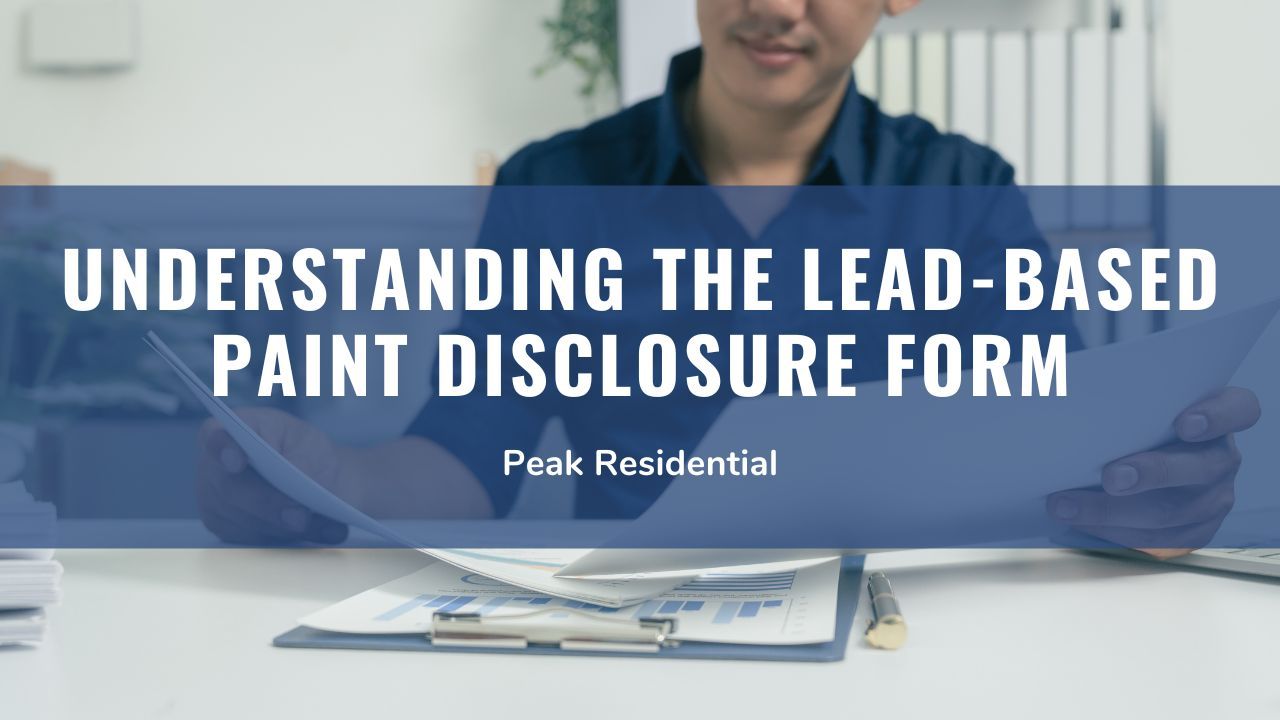
Peak Residential, Inc.
8:30am - 12pm & 1pm - 5pm Monday - Friday (Office Visit by Appointment Only
Sitemap | Privacy Policy | Accessibility | DRE Lic #02133123
© All Rights Reserved.
Peak Residential, Inc.

